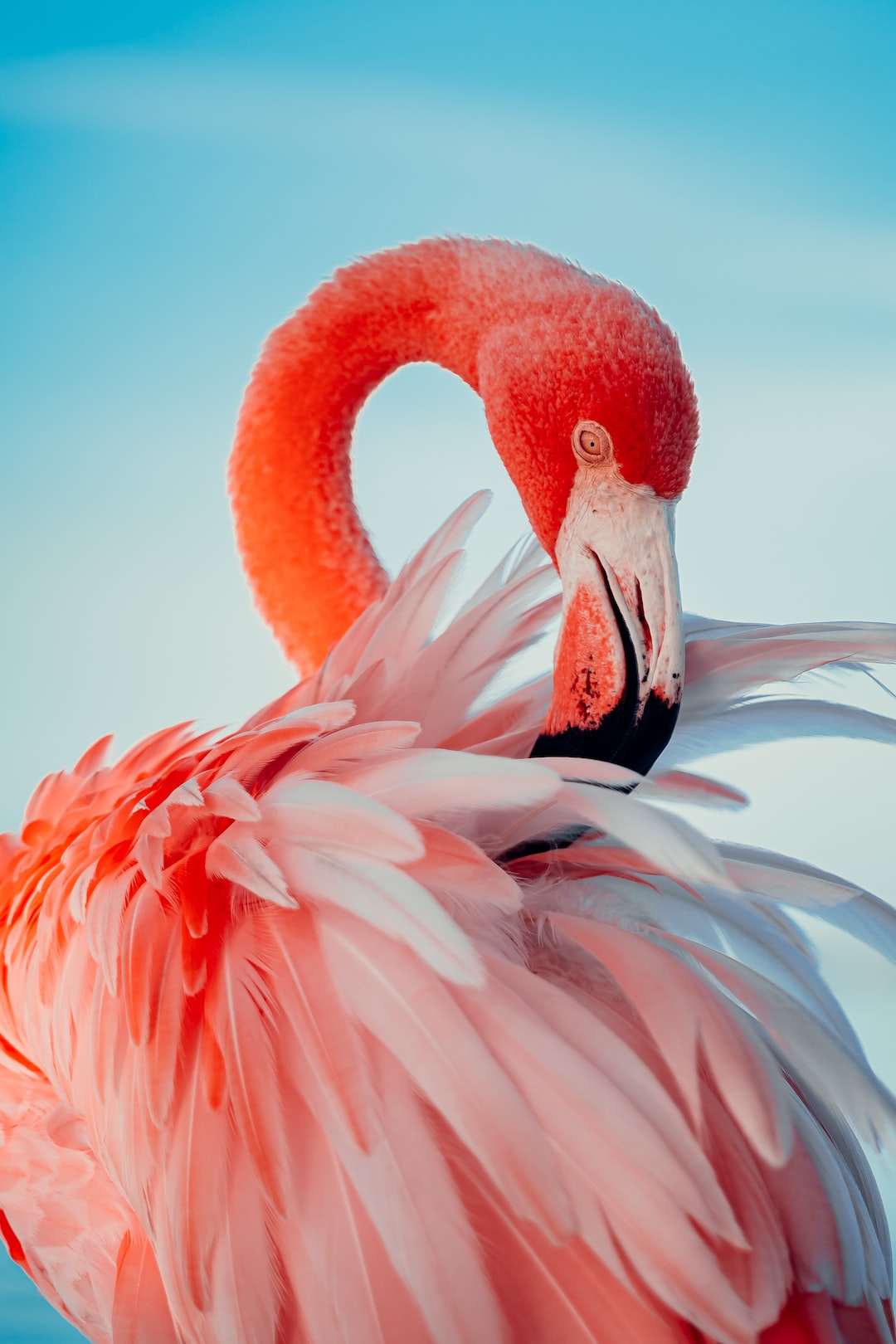Ancient Animal Symbolism: What Do Various Creatures Represent in Different Cultures?
From time immemorial, animals have played a significant role in human cultures across the world. These creatures have captivated our imaginations and inspired awe and reverence. In various ancient cultures, animals were believed to possess unique qualities and abilities, making them powerful symbols that represented a myriad of ideas and concepts. In this blog post, we will delve into the fascinating world of ancient animal symbolism, exploring what various creatures represent in different cultures.
1. The Lion – Majestic and Ferocious
The lion has long been considered the king of the jungle, a symbol of strength, power, and courage. In ancient Egypt, the lion-headed goddess Sekhmet embodied the destructive power of the sun. In Celtic mythology, Artio, the great bear goddess, often appeared with a lion companion symbolizing the balance between life and death. Similarly, the Chinese lion is revered as a guardian, believed to ward off evil spirits and bring good fortune.
2. The Owl – Wisdom and Mysticism
The mysterious and nocturnal owl has been linked with wisdom and foresight in many cultures throughout history. Greek mythology associated the owl with Athena, the goddess of wisdom, while ancient Romans believed that owls were prophets of imminent danger. Similarly, Native American tribes believed the owl to be a messenger between realms, bringing ancient wisdom to those who were receptive.
3. The Elephant – Good Luck and Wisdom
Elephants have held a prominent place in various cultures and religions due to their majestic presence and gentle nature. In Hinduism, the elephant-headed deity Ganesha represents good fortune, wisdom, and success. Moreover, the elephant has been a symbol of strength, loyalty, and prosperity in Chinese and African cultures, often depicted with its trunk raised to bring good luck and fortune.
4. The Snake – Transformation and Rebirth
The serpent has been a potent symbol of transformation and rebirth across various ancient civilizations. In ancient Egypt, the snake represented pharaohs’ power, often depicted as a royal crown adornment. In Norse mythology, the Midgard Serpent encircled the earth, symbolizing cycles of life and death. Additionally, the shedding of a snake’s skin represented renewal and transformation, making it a powerful emblem of change.
5. The Wolf – Loyalty and Cunning
Wolves have been revered and feared in equal measure by cultures worldwide, often associated with a powerful symbolism. In ancient Norse mythology, the wolf Fenrir was a symbol of chaos and destruction. However, Native American tribes saw wolves as loyal and social creatures, often representing family and community. Similarly, Roman mythology revered the she-wolf, who nurtured and protected the abandoned twins Romulus and Remus, founders of Rome.
6. The Peacock – Beauty and Immortality
The stunning plumage of the peacock has attracted admiration and reverence across different cultures. In Hinduism, the peacock represents beauty, protection, and immortality, with the god Kartikeya being associated with its majestic attributes. In ancient Greece, the peacock was connected to Hera, the queen of the gods and a symbol of beauty, rebirth, and eternal life.
7. The Dragon – Power and Wisdom
Dragons are mythical creatures that have fascinated civilizations across the globe. In China, the dragon is a symbol of supreme power, good fortune, and wisdom. Chinese emperors often associated themselves with dragons, believing they embodied imperial authority. In contrast, Western cultures have traditionally portrayed dragons as fearsome and destructive creatures, representing chaos and danger but also courage and strength.
8. The Butterfly – Transformation and Rebirth
The delicate and breathtaking butterfly has long been associated with transformation and rebirth in numerous cultures. Ancient Greeks believed butterflies to be the souls of the departed, while Native American tribes saw them as symbols of change, growth, and beauty. In Japanese culture, the butterfly signifies joy and marital bliss, with its appearance heralding good fortune and prosperous relationships.
These are just a few examples of the rich tapestry of ancient animal symbolism that has influenced and shaped human cultures over millennia. Animals have served as profound metaphors, embodying various qualities and representing a wide range of concepts. From the majestic lion to the mystical owl, the creatures of the past continue to captivate our hearts and minds, revealing the intricate connections between humans and the natural world.

